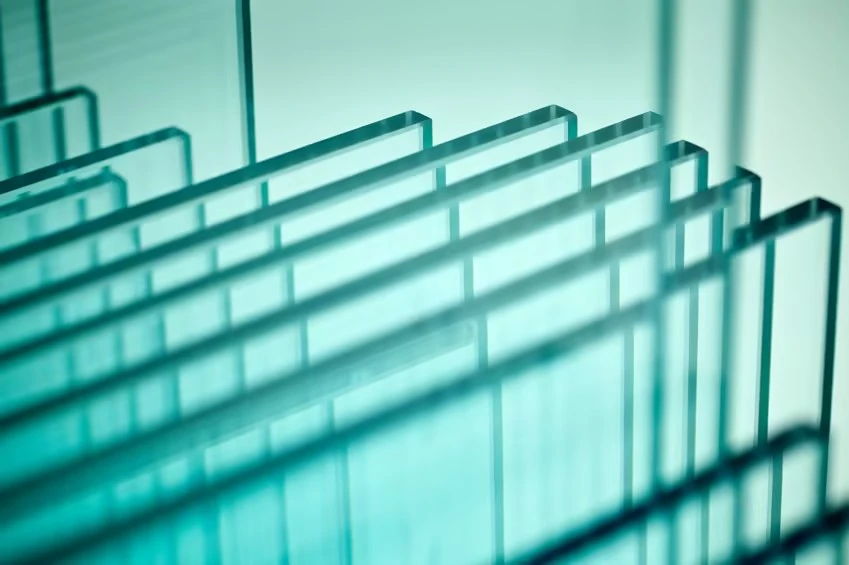

The Benefits and Applications of Tinted Glass
Tinted glass has become increasingly popular in various fields, including architecture, automotive design, and even interior decor. Its distinctive aesthetic and functional characteristics make it a versatile choice for both residential and commercial applications. This article delves into the extensive advantages of tinted glass and its common uses, illuminating why it has garnered such widespread appeal.
One of the primary benefits of tinted glass is its ability to reduce glare. In settings where sunlight can be overwhelming, such as offices with large windows or homes facing direct sunlight, tinted glass can create a more comfortable atmosphere. By decreasing glare, it aids in reducing eye strain for individuals working at computer screens or relaxing in their living space.
The Benefits and Applications of Tinted Glass
Another significant advantage of tinted glass is its energy efficiency. By reflecting a portion of solar energy, it helps to maintain a stable indoor temperature. During hot summer months, tinted glass can reduce the need for air conditioning, as it minimizes heat gain. Conversely, it also retains heat during winter, enhancing insulation properties. As a result, buildings fitted with tinted glass can lead to substantial energy savings over time, contributing to a more sustainable environment.

Moreover, tinted glass enhances privacy without sacrificing natural light. Its addition to residential bathrooms or office spaces allows for ample daylight while obscuring visibility from the outside. This feature is especially crucial for urban settings where closeness to neighbors may raise privacy concerns. Tinted glass provides a solution that satisfies both privacy and natural light requirements.
The aesthetic appeal of tinted glass cannot be overlooked. It offers a sleek, modern look that can elevate the design of any building or vehicle. Available in various shades and hues, it can complement diverse architectural styles, from contemporary urban buildings to classic homes. In automotive design, tinted windows add a touch of elegance while also providing practicality, contributing to a vehicle’s visual appeal.
In terms of safety and security, tinted glass can also enhance protection. Specifically designed laminated or tempered tinted glass can be more resilient to impacts, reducing the risk of shattering. This added layer of safety makes it a favorable option for high-traffic areas, schools, and commercial buildings, where the risk of breakage is higher.
In conclusion, tinted glass offers a myriad of benefits that make it an invaluable choice across various applications. From reducing glare and providing UV protection to enhancing energy efficiency and privacy, its advantages are multifaceted. As architects, designers, and homeowners increasingly seek to combine functionality with aesthetics, tinted glass stands out as a premier option that fulfills both needs effectively. Its growing prominence is a testament to its versatility and efficacy in today’s world.